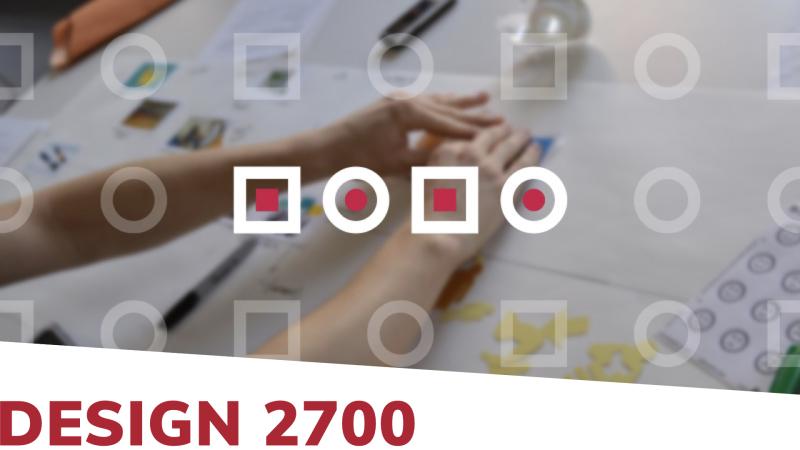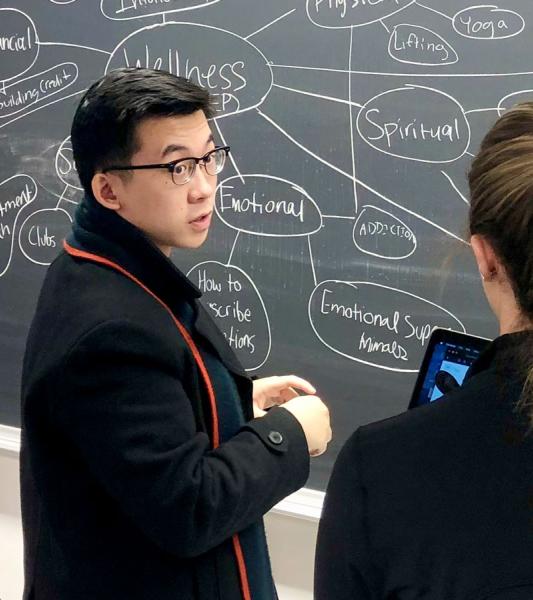DESIGN 2700: Introduction to Design Practice
Prerequisites: Open to all students eligible to enroll undergraduate Ohio State coursework.
Keywords: Design Language; Process; Storytelling; Social Good; Ethics

How might you use visual design elements and principles to describe and analyze what you encounter in the world?
In what ways can the design process be used to generate new ideas?
How does visual storytelling contribute to effective communication about ideas?
What does it mean to apply the design process to broad-based social or "wicked" problems?
How do ethics contribute to the design process?
Overview
The purpose of this online course is to provide an overview of what design is; who designers are; what designers do; and why using the design process is a valuable way to approach identifying and solving problems. It provides useful insights to students who intend to become designers while helping others understand what they can expect if or when they choose to engage with designers.
Objectives
By the end of this course, students should successfully be able to:
- Define design’s visual and spatial vocabulary and languages;
- Analyze existing designs to explain how the design process can yield new ways to identify opportunities and produce solutions to design problems;
- Recognize the diverse range of contemporary design practices used within traditional and emerging fields;
- Demonstrate connections between critical designs from the past and their influence on the formation of contemporary design practices;
- Summarize connections between relevant psychological, social, and cultural theories to contemporary design thinking and practice;
- Adopt a design mindset and apply it to issues and problems presented by their own experiences and goals.
Course Materials
- Ellen Lupton, Design is Storytelling (New York: Cooper Hewitt, Smithsonian Design Museum, 2017) ISBN: 978-1-942303-19-0
- Bill Burnett and Dave Evans, Designing Your Life (New York: Alfred A. Knopf, 2016) ISBN: 978110875322 (hardcover) or 9781101875339 (e book)
- Additional digital readings, provided online in association with each course topic
Course Organization
This course is an asynchronous online learning experience. It is organized around a series of sequential modules that must be completed in order. Each includes a video from your instructor that presents the key themes that form the basis for the module and that guides you towards some of the most critical questions for you to consider while reading, watching, or exploring the learning resources associated with that module. Narrated presentations will also be included in most modules to help and apply and connect the information presented in texts and videos. The amount of time spent reading, viewing, writing, and taking quizzes will be equivalent to the time spent preparing for and attending in-person courses. This means that you should anticipate spending approximately 9 hours per week on this course.
Sample Coursework
Weekly quizzes; two written essays entitled "What is Design?" and "Designing Your Life;" participation in discussion posts and providing feedback.

